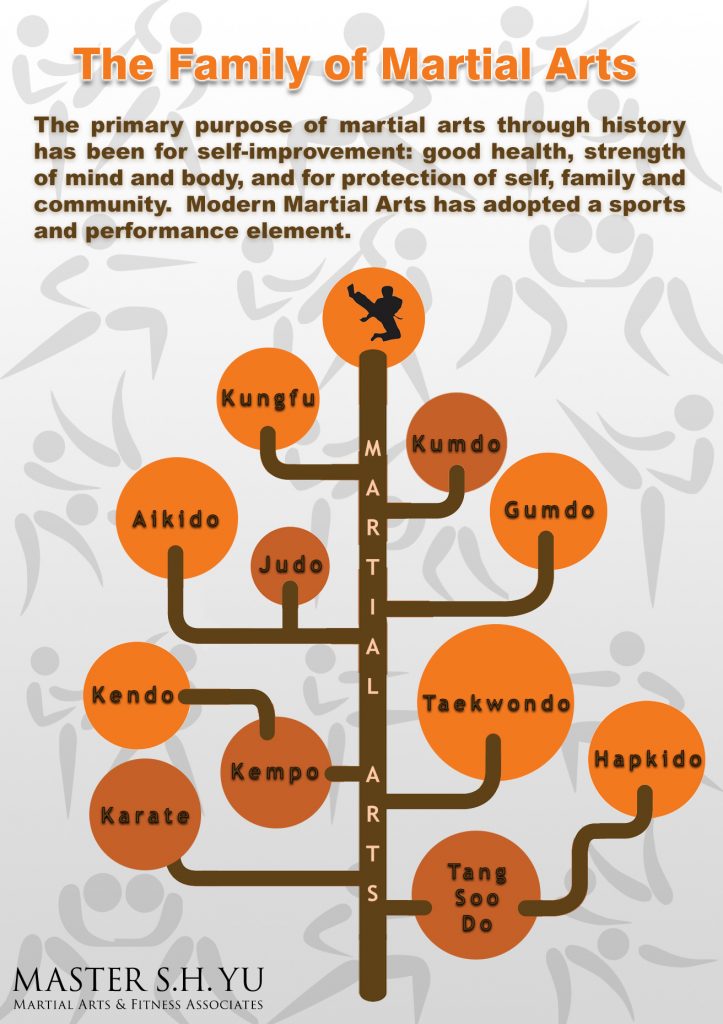A Historical Review And Development Of Martial Arts Around The World
A Historical Review And Development Of Martial Arts Around The World
Blog Article
Content Created By-Winkler Ebsen
Martial arts have an interesting history that extends centuries and continents. You might find it intriguing how ancient methods like Shuai Jiao and Kalaripayattu prepared for modern-day battle techniques. These techniques not just stress physical abilities but also reflect the cultures that birthed them. As look here explore their development, take into consideration how globalization has changed these typical forms right into hybrid styles. What impacts do you believe have shaped today's martial arts landscape?
Ancient Martial arts: The Foundations of Fight
As you explore the globe of old martial arts, you'll uncover the abundant foundations that formed battle strategies across societies. Early methods focused on Self-Defense and survival, often including strikes, hurting, and weapons.
In ancient China, for instance, techniques like Shuai Jiao emphasized tosses and joint locks, while India's Kalaripayattu showcased agility and fluid activity. Japanese samurai created Kenjutsu, a polished swordsmanship that highlighted discipline and approach.
These martial arts offered not just for fight but also as a way of personal advancement, instilling worths like regard and willpower. The mixing of these strategies in time laid the groundwork for the diverse martial arts you see today, each showing the one-of-a-kind ideologies and demands of its culture.
The Social Impact on Martial Arts Growth
While martial arts frequently reflect the useful needs of a culture, they likewise symbolize the social worths and beliefs of their origins. When you discover various martial arts, you'll notice exactly how they're influenced by faith, philosophy, and social standards.
For example, the emphasis on respect and technique in Japanese martial arts comes from Zen Buddhism and samurai culture. On the other hand, Brazilian Jiu-Jitsu promotes flexibility and strategy, shaped by the need for effectiveness in a varied, modern atmosphere.
You could discover that the routines, uniforms, and training approaches show an area's background and identity. By understanding these cultural impacts, you strengthen your gratitude of martial arts and their function fit human experiences around the world.
Modern Adaptations and the Globalization of Martial arts
Martial arts have actually transformed significantly in recent years, adapting to modern society and worldwide influences. visit the up coming internet page 'll observe that conventional types have mixed with contemporary techniques, producing hybrid styles like MMA. These adaptations cater to varied audiences, making martial arts available and appealing worldwide.
With the rise of social networks and digital systems, you can discover tutorials and competitors from all corners of the globe, breaking geographical obstacles. This globalization has actually resulted in a common gratitude for various disciplines, from Brazilian Jiu-Jitsu to Taekwondo.
As you engage with these arts, you'll recognize they're not almost battle; they promote fitness, self-control, and mental well-being.
Inevitably, contemporary adjustments have enhanced the martial arts landscape, making it a vibrant and advancing technique.
Final thought
In checking out the background and advancement of martial arts, you discover an interesting mix of methods, cultures, and approaches. From please click the up coming post like Shuai Jiao and Kalaripayattu to the contemporary flexibility seen in MMA, martial arts reflect humanity's pursuit for Self-Defense and personal growth. As you engage with these methods, you not only gain skills yet likewise a much deeper admiration for the diverse practices that form our globe today. So, proceed your trip and welcome the art of battle!
